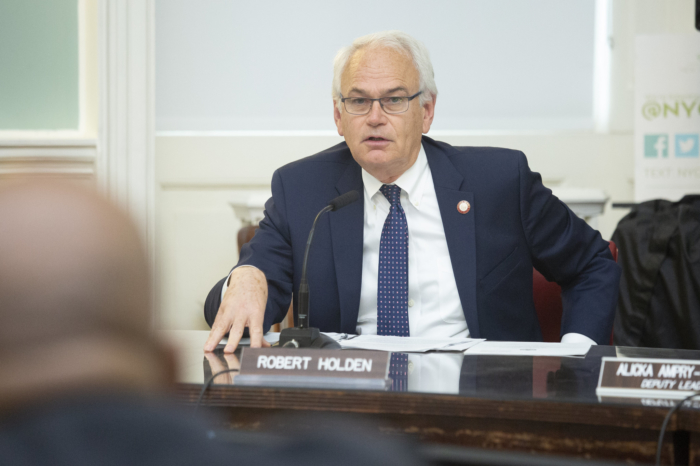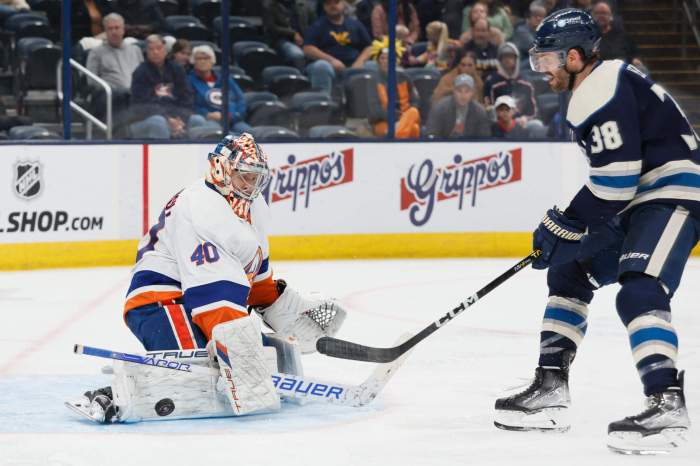By William Lewis
Most of our presidents in recent times came from state governorships or the U.S. Senate.
A governor, once elected, can get support from other states which will help him gain momentum toward achieving the nomination of his political party. It can also be said that a candidate elected to the U.S. Senate will have six years to work on getting his party’s nomination for president. Ronald Reagan served as governor of California and he was able to use that as a base of support for achieving support in other key areas. Barack Obama was elected to a six-year term in the U.S. Senate, so he had all that time to plan on getting the Democratic endorsement for president.
In the case of Donald Trump, he had huge financial resources at his disposal and excellent name recognition all over our country. He had the reputation as a successful businessman, although that was not always the case. Trump was also an excellent public speaker and had a type of political charisma that appealed to the voters. One thing that had not been looked into by the news media, it would seem, are the rallies that accompanied Trump’s campaign and appearances. He had these rallies at almost every major campaign appearance. We can say it started with his first political rally in Alabama when he had over 30,000 people attending the rally. It was noted then that Trump would be a serious candidate.
When we compare Hillary Clinton and Donald Trump in terms of campaign appearances, Trump had thousands of people at every major rally, while Hillary Clinton had hundreds of people at her campaign rallies. For Trump, the last rally he had was in Pennsylvania the night before the general election. At that rally he had over 20,000 people and the following day he carried Pennsylvania, in addition to most of the major battleground states.
Donald Trump ran against 16 different candidates in the primaries, many of them former governors and U.S. senators, and he was able to prevail and gained the nomination. That year was the time when some labor groups switched their support from the Democrat to the Republican candidate, and it showed in the final election. These rallies gave the impression of a winning candidate to the people watching. Again, these rallies were a mark of success and played a major role in Trump winning most of the important states.
These rallies also brought many campaign workers to Trump’s side. What was important about these campaign workers was that most of them seemed to have a high degree of enthusiasm for their candidate, and worked hard during the primaries. Hillary Clinton’s campaign organization did not have the degree of enthusiasm that Trump’s did. As indicated, we’ve had mostly governors and U.S. senators become president during the last 50 years. We now have elected a candidate who has a reputation for being successful in business and finance.
Trump has spoken about the social issues more so than has been done by other Republican candidates for president in the past. Campaign rallies will more than likely become a political fixture during presidential campaign appearances in the future.
The 2016 election is an example of what we will see in future presidential campaigns.































